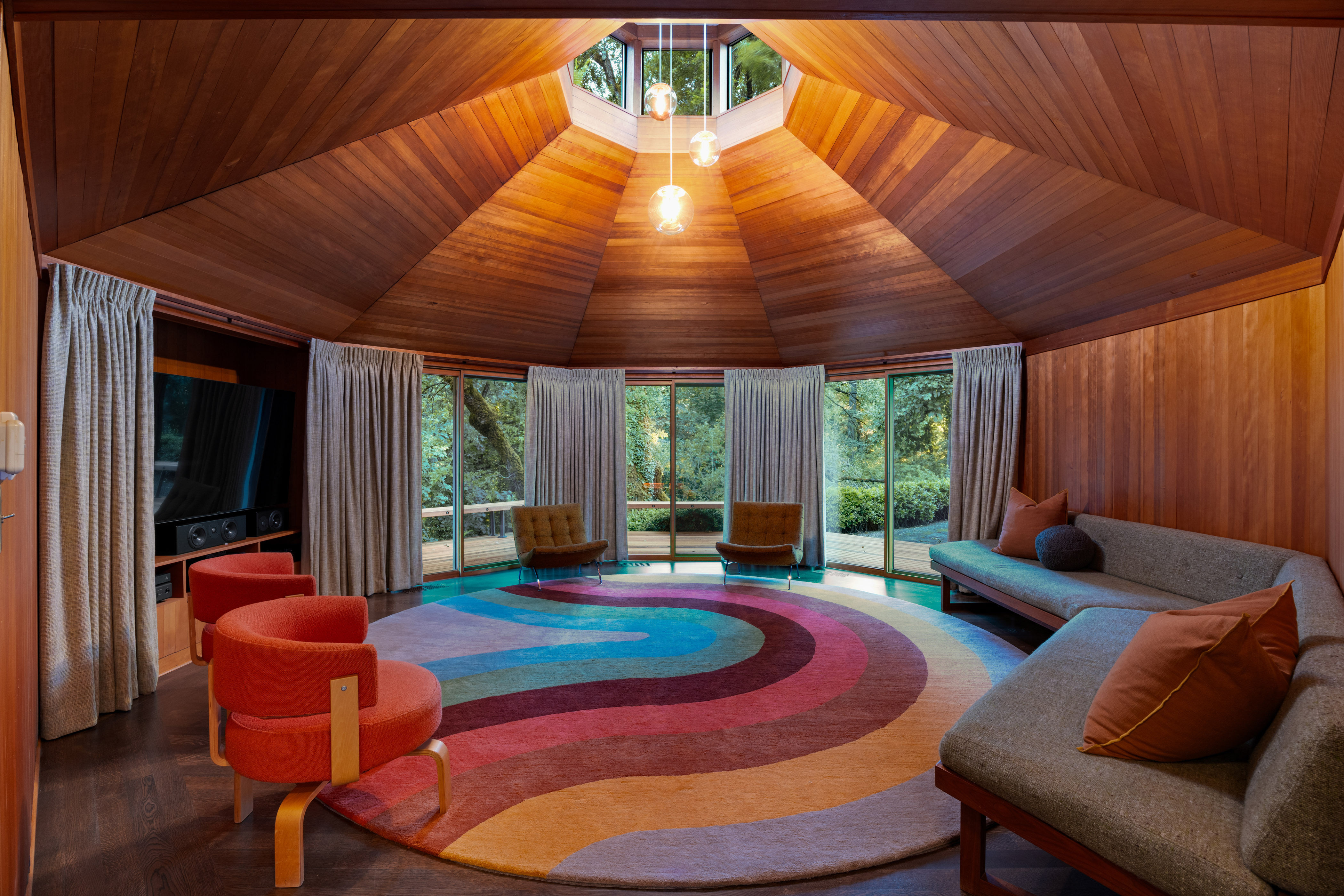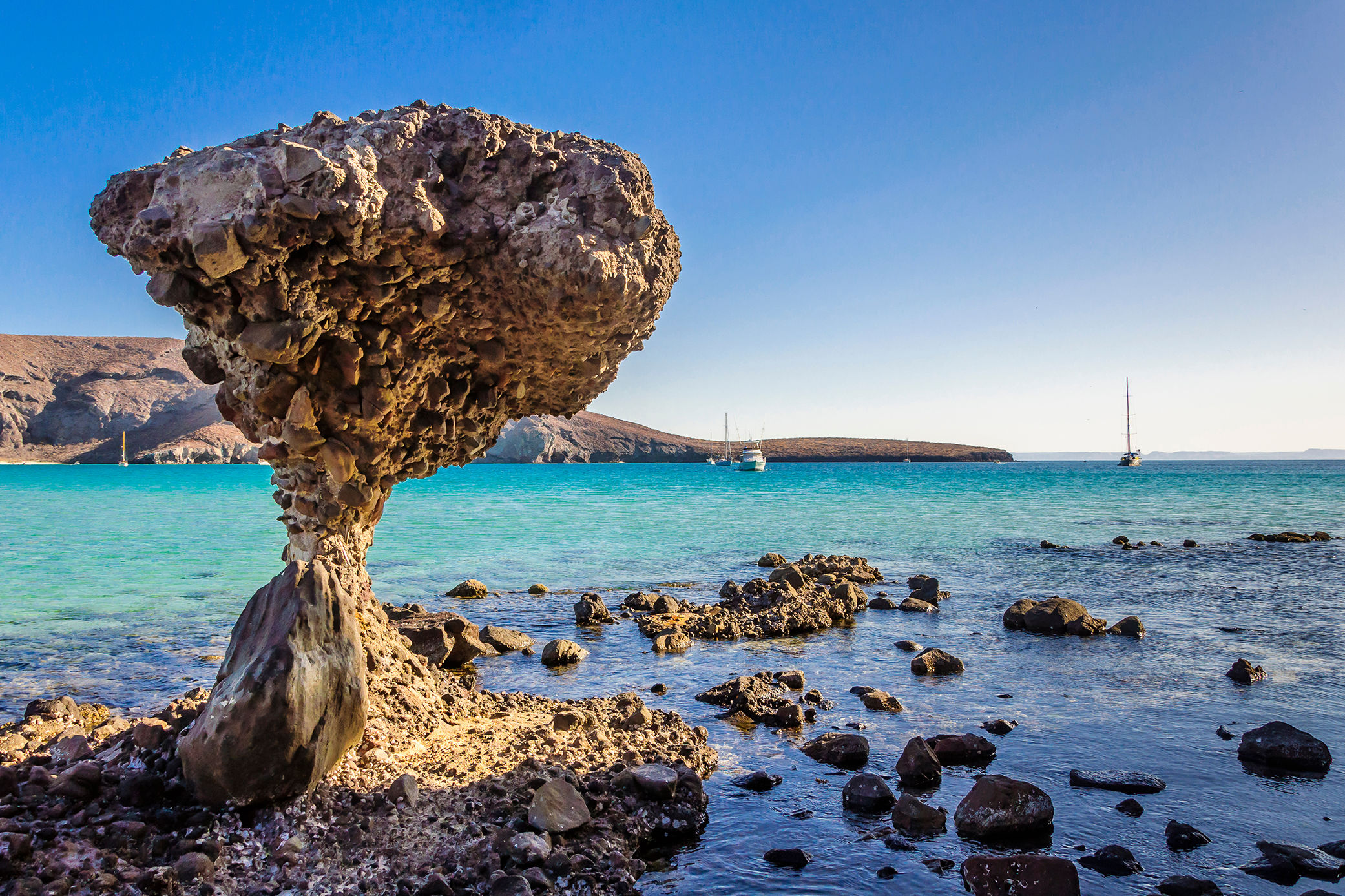Beyond Manhattan
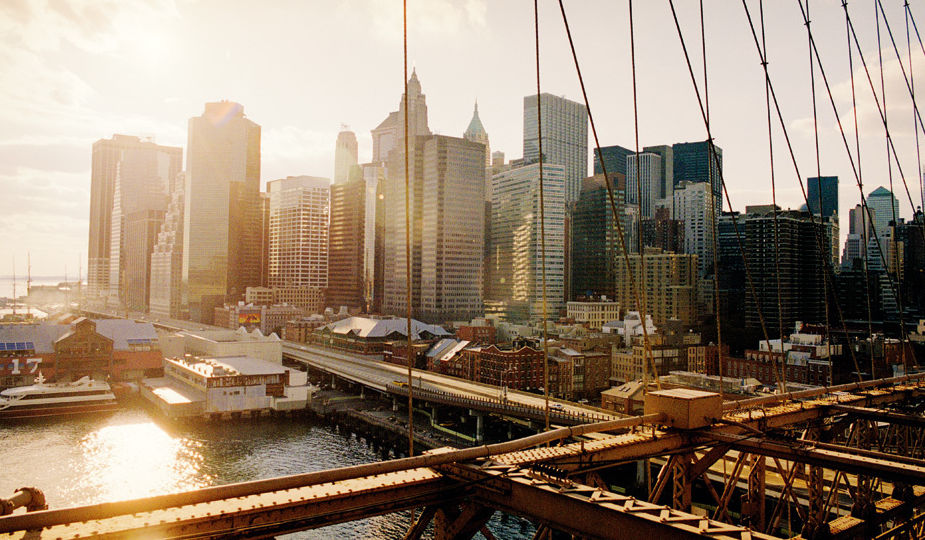
Image: Graeme Mitchell
JUST BENEATH the 1880s-era gothic granite towers and steel cables of the Brooklyn Bridge there is a series of benches perfect for idling. It was here, during my four-year stint in New York City, that I would sit and stare west toward the Manhattan skyline, mesmerized by the Empire State Building, the shiny chrome of the Chrysler Building and the angular mass of skyscrapers that comprise the Financial District at the southern tip of the island. So iconic is this particular view of the city that even those who have never been to New York imbue it with a certain romance; from a distance, it shimmers with the promise of fill-in-the-blank (love, money, sex, success). Manhattan, for most people, is New York.
And yet, for many New Yorkers, Manhattan has lost its edge, or more precisely, its authenticity and grit. Once alive with chaotic energy, and defined by neighborhoods such as the East Village, Hell’s Kitchen and Harlem, the city’s most famous borough has been co-opted by chain stores in the past dozen years and scrubbed just a little too clean. Sure, Manhattan will always have Times Square, the biggest museums and ferry service to the Statue of Liberty, but the Big Apple’s increasingly megamall feel inspired the city’s weekly magazine, Time Out New York, to ask on its September 20 cover, “Has Manhattan Lost Its Soul?”
That’s a question that countless restaurateurs, musicians, boutique owners and young professionals already know the answer to, because, well, they live in Brooklyn. New York’s most populous borough, on the other side of the East River, has become a tourist destination in its own right. Brooklyn is the New York that remains home to 93 ethnicities, 150 nationalities, and, most important, dozens of neighborhoods where working-class people, artists and new immigrants can still afford to live. Here you’ll find tree-and-brownstone-lined streets, waterfront industrial zones and enclaves of new arrivals—places where an old-world cosmopolitanism and a modern frenetic buzz converge. It’s the same kind of atmospheric mix that once gave Manhattan its heady allure.
The next time you book a flight to New York in search of a big-city fix, buy an unlimited Metrocard and spend a leisurely day strolling the streets of one of these Brooklyn neighborhoods—a vibrant part of the city that few visitors bother to see.
1. COBBLE HILL
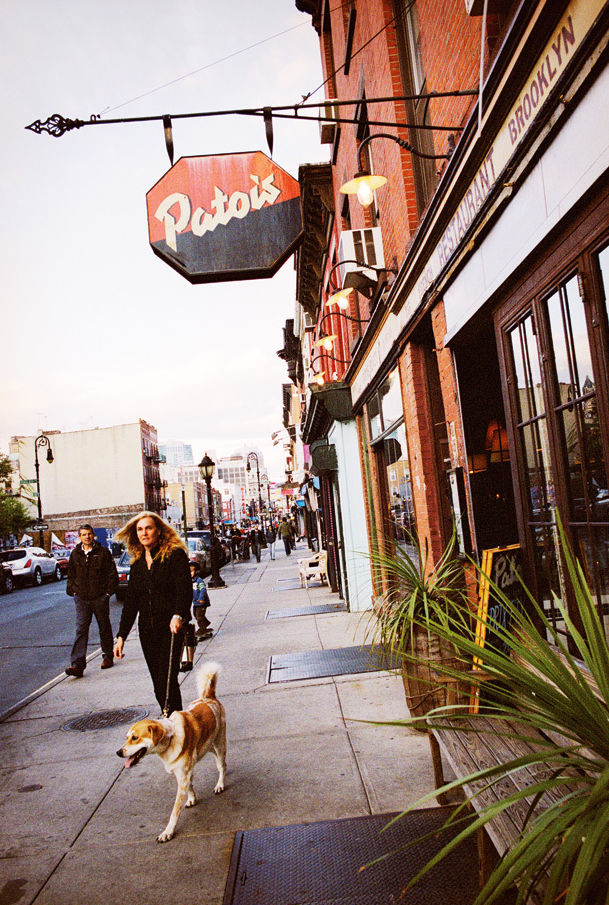
Image: Graeme Mitchell
In its cover story, Time Out declared that my former stomping ground of Cobble Hill has a “soul forecast” of “bright and sunny.” And no wonder. Just 15 minutes from Manhattan by subway (via the F train) this northwest enclave is the epitome of Brooklyn charm—a walkable neighborhood marked by 19th-century, Italianate-style brownstones and row houses that give the area an intimate, European feel. Flanked by the neighborhoods of Carroll Gardens and Boerum Hill (their borders are somewhat nebulous), Cobble Hill is Brooklyn’s second-oldest “protected historic district,” a 1969 designation that preserves the oldest blocks of the borough partly by prohibiting any developments over 50 feet tall. Meander along the streets of Carroll Gardens, and you’ll find Italians chatting on front stoops, mom-and-pop pizza joints and unassuming local bakeries such as F. Monteleone and Cammareri Bros on Court St—an ideal place to buy a box of authentic cannoli.
In spite of these continental elements, Cobble Hill in the last decade has experienced a thoroughly modern overhaul, as evidenced by the constant bustle of Smith St, where in a single block you can choose among restaurants specializing in Caribbean, Cuban, Middle-Eastern, Thai, New American or Italian fare. Paul Mamary, a 47-year-old restaurateur, likes to claim (with a charming dose of native-Brooklyn braggadocio) responsibility for this renaissance of eating and drinking. Back in 1997, when the neighborhood was better known for butcher shops, low-quality Chinese food and the occasional dive bar, Mamary and his brother James converted a Smith St storefront into the French bistro Patois. “We wanted to give people a nice portion of Manhattan-caliber food, but for not a lot of money,” he says.
Today, the Mamarys are the undisputed kings of the strip: Besides Patois, the family also owns the nearby Mexican eatery Pacifico, the fish house Trout, the funky bar Zombie Hut and Cobble Hill’s beloved outdoor beer garden, the Gowanus Yacht Club. On sunny days and weekend nights here, Brooklynites of every ilk filter out of their apartments and spill onto the sidewalks, a neighborhood parade that’s the ultimate testament to the Mamarys’ knack for creating a scene.
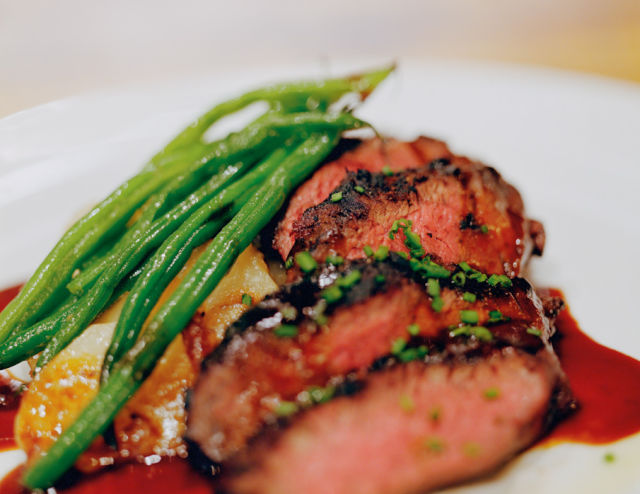
Image: Graeme Mitchell
Like most restaurants here, Patois is quaint, dimly lit and, important to me, welcoming to the solo diner. I slip into a small, white-linen-covered table near the front door and am soon tucking into a hanger steak and potato gratin for $17. The meat is tender, sweet and savory, and the potatoes just indulgent enough to remind me I’m eating French food. Later on, I stop into a great new wine bar called Black Mountain, an adorable nook a few blocks away featuring a decidedly laid-back vibe and an impressive list of Mediterranean wines.
When I run into Paul Mamary on the street a few days later and tell him about Black Mountain, he smiles—a bit devilishly. “Yeah, the family owns that place too,” he says.
2. WILLIAMSBURG
In the opening scene of the hit 2004 indie movie Garden State, Zach Braff’s character is slogging through his shift as a waiter in an ultra-hip Los Angeles Vietnamese restaurant adorned with a golden Buddha. The scene actually was shot at the real-life ultra-hip Thai restaurant Sea on N Sixth St in Williamsburg—Brooklyn’s current bastion of all things cool. Even before its Hollywood debut, legions of patrons stormed the restaurant for its $10 entrées, lychee martinis and the novel interior amenities, like unisex bathrooms where miniature video screens allow users to spy on the dining room while availing themselves of the facilities.
With its graffiti-tagged buildings, lack of greenery and a fair amount of grit along its streets, there is no immediate threat of this artist haven becoming a commercial hub like other erstwhile art centers, such as the West Village. Though rents have spiked since the 1980s—when Manhattan artists first packed up their canvasses and boarded the L-train to this predominantly Puerto Rican neighborhood—painters, sculptors and filmmakers with newly minted college degrees still arrive here in droves. As a result, Williamsburg is one of the best places in the city to take the pulse of current art and fashion trends.

Image: Graeme Mitchell
Boutiques such as Catbird and Jumelle, both located on Bedford Ave, are cornering the market on Big Apple shopping. Twelve of the shops on Lucky magazine’s recent list of the “top 100 boutiques in New York” are in Williamsburg. “The neighborhood is that ideal blend of street culture and high culture,” says Lexy Funk, 37, who, with her husband, Vahap Avsar, launched the wildly successful messenger-bag and clothing company Brooklyn Industries in a Williamsburg factory space in 2001. The brand has come to symbolize the Williamsburg grunge-cool aesthetic, which has become so popular that now seven BI stores are scattered across the city.
Williamsburg even has become the place for Manhattanites, who once disdained all things Brooklyn, to party until the wee hours. More than 200 bars and nightclubs ranging from moodily lit watering holes like Soft Spot to live music venues call the ’hood home—evidence that “the city that never sleeps” is a moniker best applied to the borough to the east.
3. DUMBO
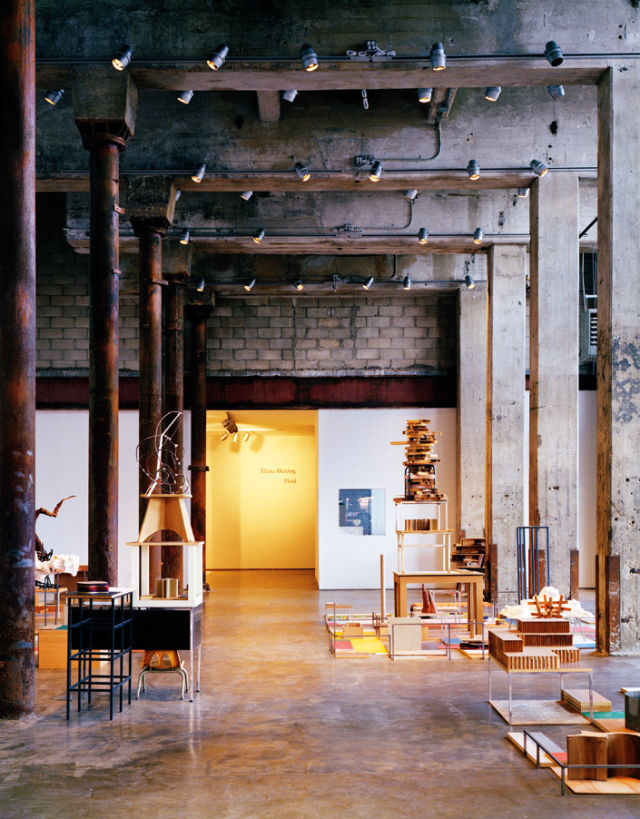
Image: Graeme Mitchell
Three rail-thin men wearing black bodysuits and covered in shaving cream are dragging a manhole cover—on which two women are riding and screaming—toward the Smack Mellon Gallery in Dumbo, Brooklyn’s booming arts district located Down Under the Manhattan Bridge Overpass. Passersby are not even remotely befuddled by the weird happening on the street: It’s just another performance in Dumbo’s 11th annual Art Under the Bridge festival. There’s even an Asian elephant parading the streets—a neighborhood mascot of sorts.
Two hundred years ago, Dumbo was Brooklyn’s most bustling commercial center. Iron, metal and corrugated cardboard (the first ever made in the United States) were among the materials produced here. Today this waterfront area is filled with thirtysomething Brooklynites meandering from gallery to gallery, many with toddlers in tow, and the neighborhood feels a bit like a newer, ritzier and more grown-up sibling to Williamsburg.
The industrial area’s reimagining as an enclave for artists and year-round residents is due in large part to the efforts of Two Trees Management, a development company that has created 500 artist studios and 200 residential rental properties and has leased out more than 500,000 square feet of office space since 1980. At least 30 galleries, including Smack Mellon, located in a spacious 1910-era former boiler-house, now make their home in Dumbo. “To me, it’s the new seat of New York culture,” says Smack Mellon’s executive director, Kathleen Gilrain. “Chelsea [Manhattan’s main art district] is still a huge force in the art world. But Dumbo has dance, theater, multi-use cultural spaces and tons of nonprofits. We’re more all-inclusive.”
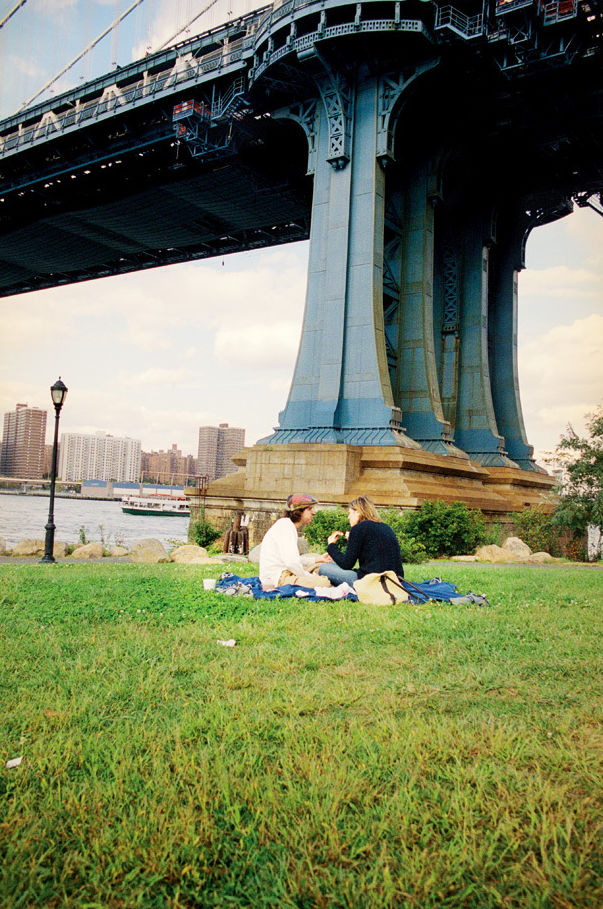
Image: Graeme Mitchell
Dumbo’s appeal is due also to its food scene—a decidedly low-brow mix of joints like Grimaldi’s Pizzeria on Old Fulton St and the younger, hipper Superfine on Front St, a Brooklyn bar/restaurant with a Mediterranean-inspired menu and a rollicking social scene on the weekends. Celebrity chef Jacques Torres opened a chocolate store on Water St a few years back, which makes an ideal stop during an afternoon of shopping at nearby boutiques Blueberi, which sells revamped vintage clothes, and Zoë, where you can find upscale designer collections. The mix seems to reflect the neighborhood’s one-foot-in-the-past-and-one-in-the-future sensibility.
Down at the waterfront, on the vast stretch of lawn that is Empire-Fulton Ferry State Park, people are sprawled about, soaking in the last glints of fall sunshine and the Manhattan view. The Brooklyn and Manhattan Bridges soar dramatically overhead, literal links between the part of New York that once defined the entire city and the part that is defining its future.

